Josep Roure-Alcobé
Gender classification by means of online uppercase handwriting: A text-dependent allographic approach
Mar 18, 2022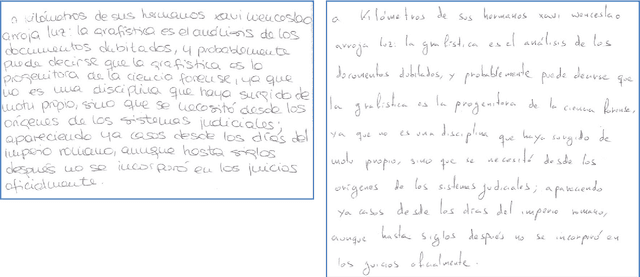
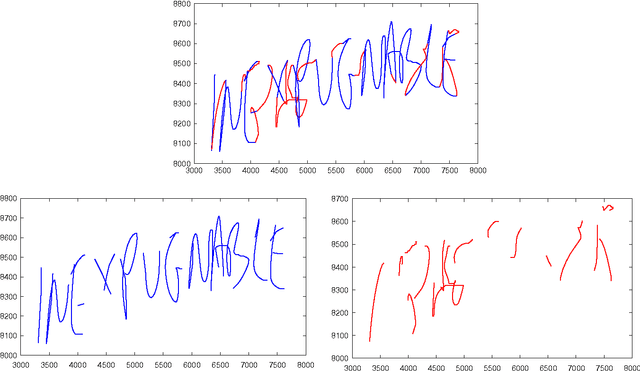
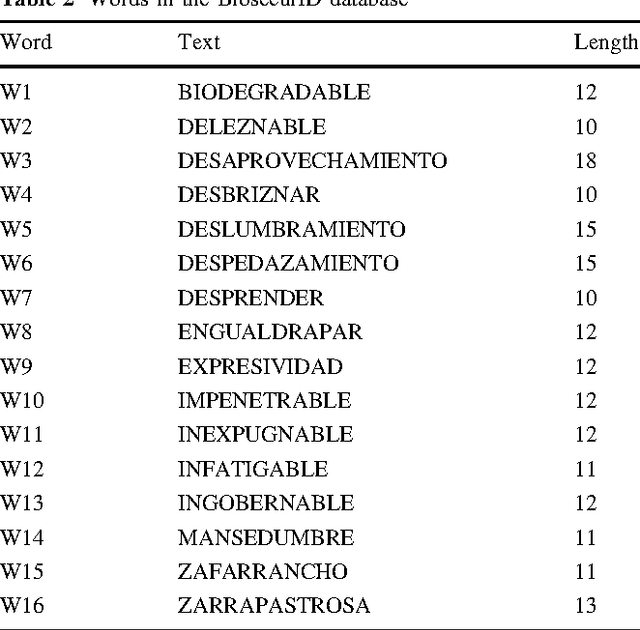
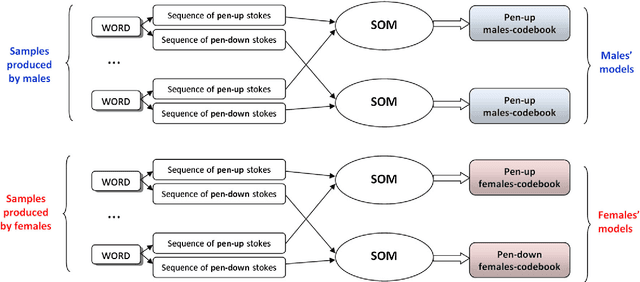
Abstract:This paper presents a gender classification schema based on online handwriting. Using samples acquired with a digital tablet that captures the dynamics of the writing, it classifies the writer as a male or a female. The method proposed is allographic, regarding strokes as the structural units of handwriting. Strokes performed while the writing device is not exerting any pressure on the writing surface, pen-up (in-air) strokes, are also taken into account. The method is also text-dependent meaning that training and testing is done with exactly the same text. Text-dependency allows classification be performed with very small amounts of text. Experimentation, performed with samples from the BiosecurID database, yields results that fall in the range of the classification averages expected from human judges. With only four repetitions of a single uppercase word, the average rate of well classified writers is 68%; with sixteen words, the rate rises to an average 72.6%. Statistical analysis reveals that the aforementioned rates are highly significant. In order to explore the classification potential of the pen-up strokes, these are also considered. Although in this case results are not conclusive, an outstanding average of 74% of well classified writers is obtained when information from pen-up strokes is combined with information from pen-down ones.
* 25 pages, published in Cogn Comput 8, pages 15 to 29, year 2016
A Preliminary Study on Aging Examining Online Handwriting
Mar 08, 2022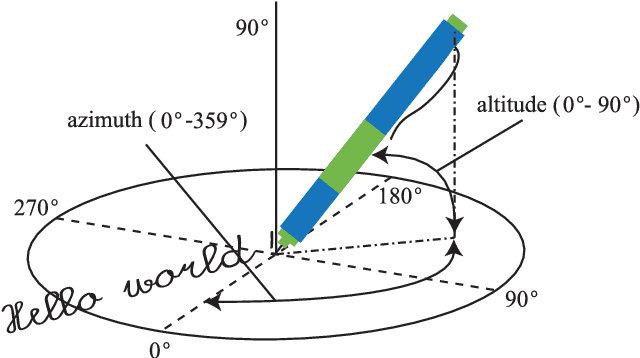
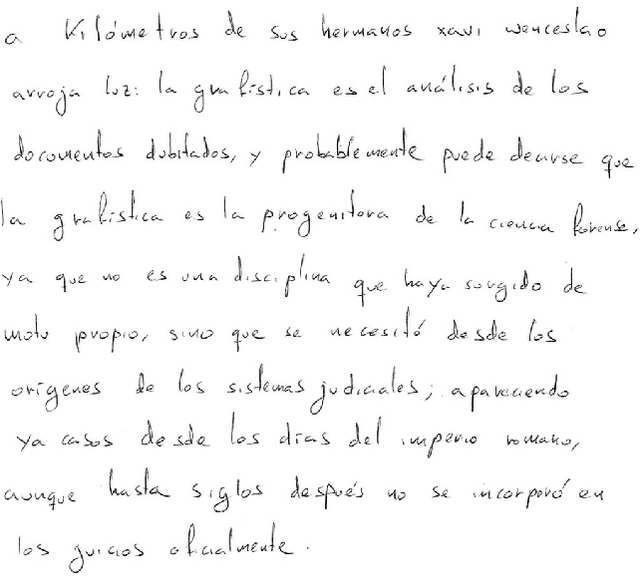
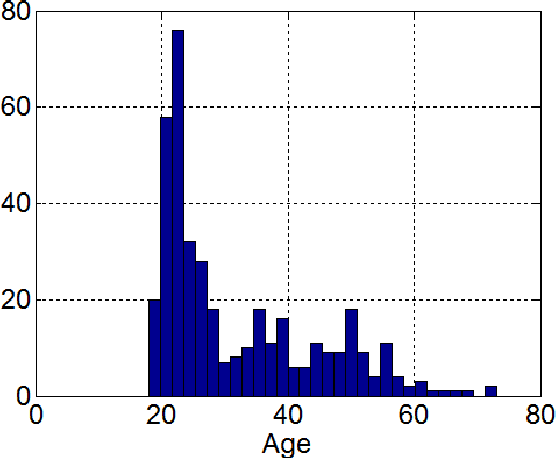
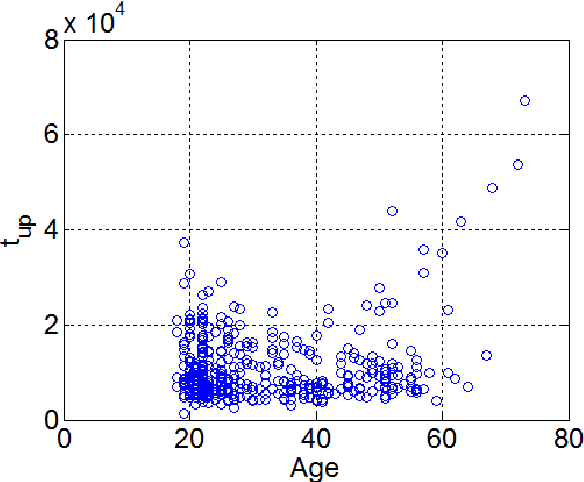
Abstract:In order to develop infocommunications devices so that the capabilities of the human brain may interact with the capabilities of any artificially cognitive system a deeper knowledge of aging is necessary. Especially if society does not want to exclude elder people and wants to develop automatic systems able to help and improve the quality of life of this group of population, healthy individuals as well as those with cognitive decline or other pathologies. This paper tries to establish the variations in handwriting tasks with the goal to obtain a better knowledge about aging. We present the correlation results between several parameters extracted from online handwriting and the age of the writers. It is based on BIOSECURID database, which consists of 400 people that provided several biometric traits, including online handwriting. The main idea is to identify those parameters that are more stable and those more age dependent. One challenging topic for disease diagnose is the differentiation between healthy and pathological aging. For this purpose, it is necessary to be aware of handwriting parameters that are, in general, not affected by aging and those who experiment changes, increase or decrease their values, because of it. This paper contributes to this research line analyzing a selected set of online handwriting parameters provided by a healthy group of population aged from 18 to 70 years. Preliminary results show that these parameters are not affected by aging and therefore, changes in their values can only be attributed to motor or cognitive disorders.
* 4 pages
 Add to Chrome
Add to Chrome Add to Firefox
Add to Firefox Add to Edge
Add to Edge